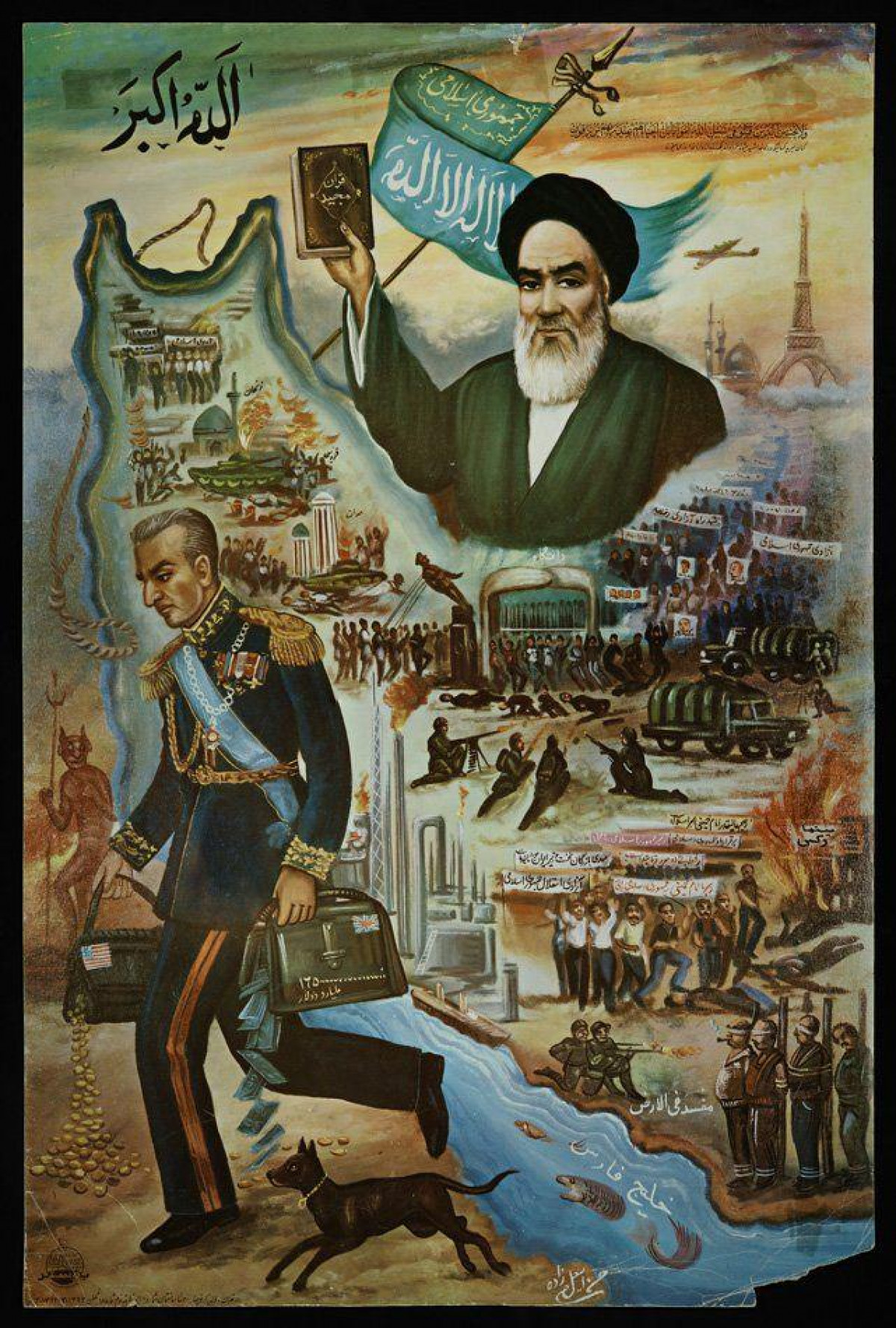 134
134
Throughout history, the month of Muharram contributed to the triumph of truth over description. Arbaeen is a crucial part of the Ashura culture, inspiring many movements against tyranny and injustice. Traditionally, Iranians have utilised Arbaeen to express dissatisfaction with autocratic governments.
Iranian Muslims continued to celebrate the Muharram and Arbaeen rites despite government restrictions, reinvigorating their sense of liberty, justice and resisting the dictatorship.
Imam Husayn's epic heroism and valour on 10th October 680 CE motivated the Iranian nation to struggle against the Zionist-backed Pahlavi monarchy. In reality, Imam Husayn's legacy was instrumental in Iranians' liberation from the yoke of US imperialism.
Between 1963 and 1979, during the holy month of Muharram, Muslim congregation halls, religious pulpits, and Muslim speakers throughout Iran utilised festivities commemorating the Battle of Karbala to address political and revolutionary topics.
Imam Khomeini's appeal to the people to resist the despotic Pahlavi dynasty was centred on Imam Husayn's heroic sacrifices and the lessons gained from his struggle against tyranny. In fact, this in-depth study of Imam Husayn's uprising worked as a rallying cry for the oppressed Iranian populace against the corrupt ancien régime. Moreover, mosques and Hussainiya, where the mourning services for Imam al-Husayn in Muharram took place, were the primary locations for revolutionary activities against the heretic Pahlavi government because they were critical in establishing communication networks for political protest. The Muharram and Safar rituals in 1978-79 were the apex of this resisting culture, with the mourning ceremonies quickly morphing into indignant demonstrations, dealing a severe setback to the Shah's regime. The other approach adopted by the Iranian revolutionaries in 1978-79 was to conduct memorial ceremonies for the political martyrs on the 40th day following their martyrdom. The downtrodden people of Iran effectively utilised this old tradition to demonstrate their resistance to the repressive Pahlavi government and keep the struggle against the Shah growing by holding Arbaeen ceremonies for the revolution's martyrs, emulating Imam Husayn's Arabeen culture.
On 18th February 1978, the brave citizens of Tabriz rose to hold the Arbaeen of the martyrs who fell on 9th January in Qom. For their part, the citizens of Yazd rose on the occasion of their fellow Tabrizi martyrs, Arbaeen, massacred by the Shah's mercenaries.
Hence, in a domino effect, the Arabaeen ceremonies were replicated in other Iranian cities and turned into massive anti-Pahlavi rallies, with demonstrators chanting pro-independence, pro-freedom, and pro-Islamic slogans. The remarkable phenomenon were slogans such as "Greetings to Khomeini" and "Death to the Shah", written on placards carried by 500 fellow Jewish citizens in these demonstrations. Ultimately, on 17th January 1979, the Shah fled Iran.
At Imam Khomeini's direction, the Iranian people organised massive marches in various cities on 20th January, coinciding with Imam Husayn's Arbaeen, to eliminate any chances of the Pahlavi regime's return to power.
"The blood of our reveloution martyrs is an extension of the pure blood of the Karbala martyrs, and our uprising is a mirroreflection of the tragedy of the Karbala martyrs. The blood of our martyrs will overwhelm the Pahlavi's palace, ending his cruel reign exactly as Imam Husayn's blood ended Yazid's despotic Caliphate, "Imam Khomeini said in a message to the Iranian revolutionaries.
Comment
Post a comment for this article